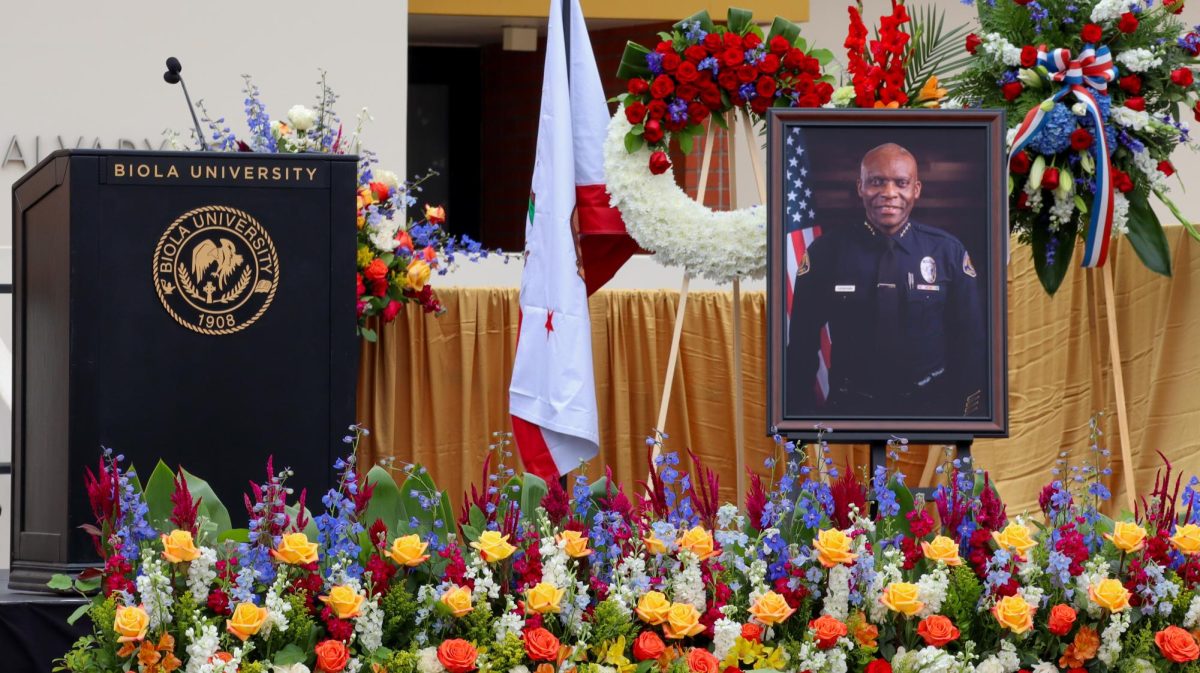On March 6, citizens in 10 states voted on a Republican candidate to run against President Barack Obama in the November 2012 presidential election.
On the biggest single day of voting in the 2012 Republican primaries, known as Super Tuesday, former Massachusetts Gov. Mitt Romney won six states, Alaska, Massachusetts, Ohio, Vermont, Virginia and Idaho; former Pennsylvania Sen. Rick Santorum won three states, Oklahoma, North Dakota and Tennessee; and former Speaker Newt Gingrich won his home state of Georgia, according to CNN.com.
A notable absence from this year’s list of Super Tuesday states is California, which does not vote until June 5. It will be one of the last states to vote in this year’s Republican primary season.
Romney benefits from regional differences
So far, Romney has received 387 delegates compared to 165 for Santorum, 103 for Gingrich and 66 for Ron Paul, as projected by CNN’s GOP delegate calculator. A candidate needs 1,144 delegates to clinch the nomination.
“Romney had a good night, but there are some reservations for Republicans around the country,” said JC Witt, president of the Biola College Republicans.
He pointed to Virginia, for example, where only two candidates — Romney and Paul — qualified for the ballot, and yet Paul received 41 percent.
“Which could be [interpreted as] 41 percent against Romney,” Witt said.
Romney is “more of a centrist, East Coast kind of candidate,” compared to Rick Santorum, known for his more social conservative views. Witt’s comments refer to regional differences in the Republican Party that have existed for many decades now.
New process of delegate allocation
Historically, the moderate Rockefeller Republicans of the 1960s were from the eastern seaboard, and all three Republican senators who voted for the president’s stimulus bill in 2009 — Olympia Snowe of Maine, Susan Collins of Maine and Arlen Specter of Pennsylvania — hail from that region.
2012 is different than previous years for Republicans, partly due to changes in how each state chose to allocate its delegates.
“They changed it from winner-takes-all to proportional representation,” political science professor David Peters said. “It’s drawing out the candidacies of all those who want to be the nominee.”
Only a few state primaries remain winner-takes-all, such as Florida, which voted in January. The Alaska caucus illustrates the proportional representation dynamic very well; Romney received eight delegates, Santorum received seven, Paul six and Gingrich three from the state, according to realclearpolitics.com.
Candidates may cause divisions in party
A longer primary battle means later states, like California, may be able to influence the outcome of the primary. If the process is longer, however, it is going to have a negative effect on the Republican Party, according to Peters. With less time to coalesce around a candidate, it could leave divisions within the party that are not healed in time for the general election.
This occurred in the Democratic Party in 1980, when Massachusetts Sen. Edward “Ted” Kennedy’s primary challenge to President Jimmy Carter drew resources and attention away from the general election campaign. However, in 2008, Obama was able to shake off a hard primary season against Hillary Clinton, and achieved victory against John McCain in the general election.
As the incumbent, Obama is the default Democratic candidate. However, Republicans have four major contenders in Romney, Santorum, Gingrich and Paul, and none of them appear to be planning to withdraw from the race. Peters predicts Romney will win the nomination only to lose to Obama; however, Witt disagrees.
“By the time the general election comes around, we’re not going to be better off economically,” Witt said. “I don’t see [Obama] doing well like he did in the previous election.”






